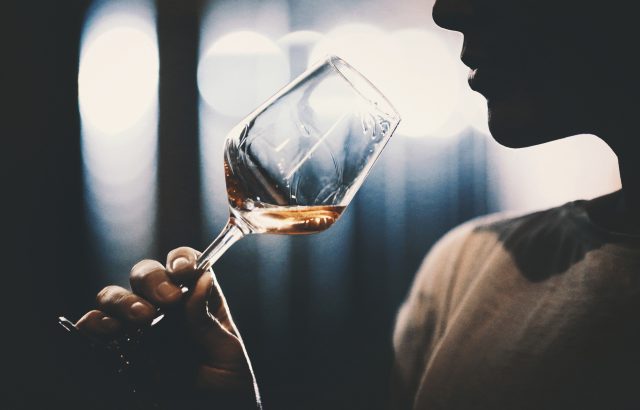This website uses cookies so that we can provide you with the best user experience possible. Cookie information is stored in your browser and performs functions such as recognising you when you return to our website and helping our team to understand which sections of the website you find most interesting and useful.
How AI could help you choose a new favourite wine
A new artificial intelligence-based tool which includes input from scientists provides wine recommendations based on consumers’ personal tastes and budgets.

The digital ‘taste map’ aims to guide drinkers towards bottles which they would naturally prefer, and claims to ‘democratise’ the process of wine selection.
Rather than calling for the help of a sommelier or a wine expert, the tool aims to offer an “accessible and affordable way for individuals to discover wines”.
It has been created by Danish scientists with research presented in August last year before the app was created. The information is a large multi-modal wine dataset and based on the relationship between visual perception, language and flavour. It includes 897,000 images of wine labels, 824,000 reviews of wines from the Vivino platform, and 350,000 vintages, annotated with year, region, rating, alcohol percentage, price and grape composition.
Granular
The scientists wrote in their introduction to the research: “Our motivation is twofold. On one hand, internet photos and user reviews are a scalable source of data, offering abundant, diverse, and easily accessible insights into wine qualities. On the other hand, human flavor annotations, while not as scalable, provide a more direct and granular understanding of the wines’ flavor profile.
“By combining these resources, we aim to capture the best of both worlds, yielding a richer, more intricate dataset.”
The scientists from the Technical University of Denmark, California Institute of Technology and University of Copenhagen obtained fine-grained flavour annotations on a subset by conducting a wine-tasting experiment with 256 participants who were asked to rank wines based on their similarity in flavour. The team used the data to segregate wines into groups of similar tastes. This data was then fed into an algorithm to create a comprehensive map of flavour profiles across red, white, and rose wines and “aligns with the intricate human perception of flavour”.
Taste map
Using the data from Vivino and its AI ‘taste map’, the system identifies other bottles nearby on the map, which are similar in taste, before suggesting them as possible options.
Having built the ‘taste map, the scientists are now investigating further to see if the tool can be applied to more topics, such as beer or coffee.
The researchers claim that the development “signifies a significant advancement in the intersection of technology and gastronomy, and could potentially alter the landscape of consumer choice in various sectors”.
Related news

